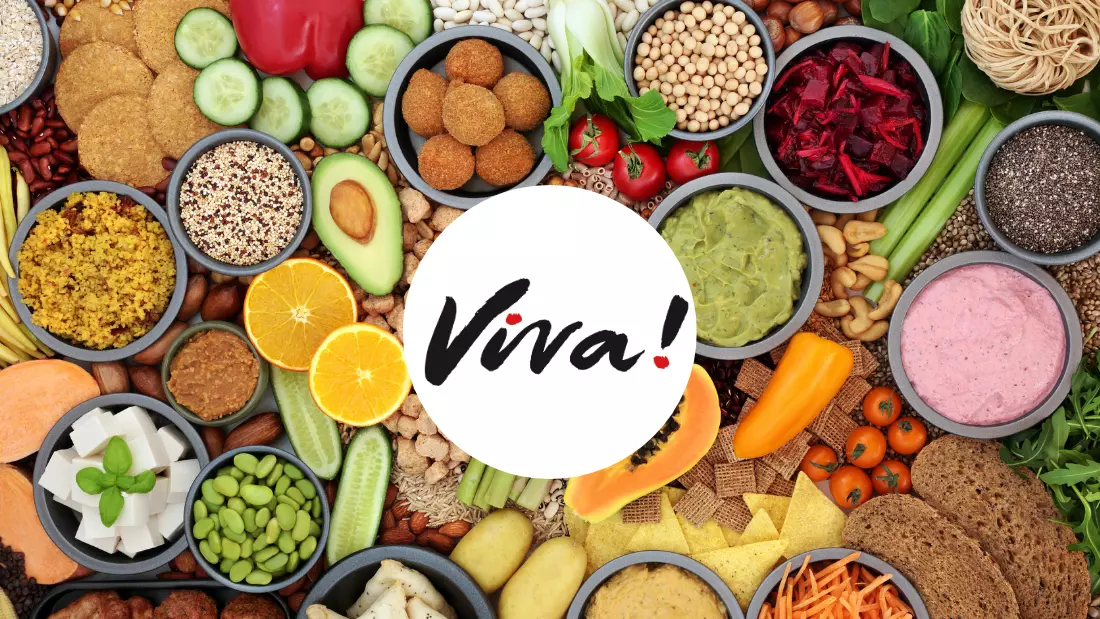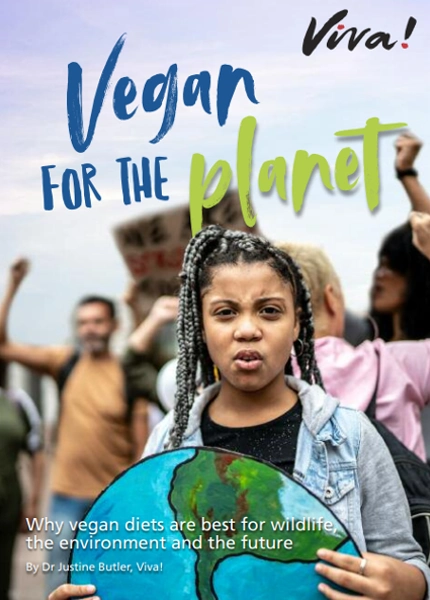
Specific Dietary Groups
The syllabus asks that all students learn ‘how to plan a balanced diet for specific dietary groups’ before proceeding to note that this could be vegetarians or vegans. It’s important to incorporate veganism into the classroom and there are hundreds of vegan recipes available on our Vegan Recipe Club webpage that can assist you in incorporating veganism into the classroom. Getting students to make delicious vegan meals is a brilliant way of dispelling myths about veganism, such as tofu being bland or vegan meals not being nutritious or filling, all whilst meeting the syllabus’ requirements by showing students how to plan for this specific group.
Watch this recipe from our Vegan Recipe Club channel explaining how to create ‘Chilli Non-Carne’
Health and Food
The syllabus continues to note that students must know and understand ‘the major diet-related health risks, how diet can affect health and how nutritional needs change in relation to obesity, cardiovascular health (coronary heart disease (CHD) and high blood pressure), bone health (rickets and osteoporosis), dental health, iron deficiency anaemia and Type 2 diabetes’.
All of the above issues are associated with a meat-heavy diet! As a teacher this places you in the perfect spot to be teaching students that vegans can indeed get all the iron they need, that increased risk of heart disease has repeatedly been linked to animal products and that vegans have a reduced risk of all the biggest killers of Brits today!
If you’d like a refreshers on a wide range of health issues and how veganism can help with key foods, have a look here!
Later, the syllabus notes that students must know and understand the ‘cost of food and healthy eating’. Studies have found that those on vegan lifestyles save money and again, a varied, plant-based diet absolutely correlates with ‘healthy eating’. Even though healthy, vegan diets can save people money, one of the biggest misconceptions around veganism is that it’s too expensive. Educating your students on the cost benefits of a vegan diet now is an invaluable way of subtly promoting veganism!
Animal Welfare
The syllabus notes that:
‘Students must know and understand – Food choice related to religion, culture, ethical and moral beliefs and medical conditions, food choice linked to the following religions and cultures: Buddhism, Christianity, Hinduism, Islam, Judaism and Sikhism, food choice linked to the following ethical and moral beliefs: animal welfare, fairtrade, local produce, organic, Genetically Modified (GM) foods, food choice linked to food intolerances (gluten and lactose) and the following allergies: nuts, egg, milk, wheat, fish and shellfish.’
The syllabus then notes that students need to choose recipes suitable for different religions, cultures and dietary groups and explain and justify their reasons for their meal.
Again, this is a great way of getting the students to fix up a vegan meal, which can cover all the religions above, addresses animal welfare and deals with food intolerances such as lactose and allergies such as egg, milk and fish allergies. What a brilliant way of dealing with all those issues in one go!
Teachers can also outline why animal welfare is even an issue, such as informing students on the reality of animal agriculture in the UK and then running debates on why a person might consider going vegan. If you’d like to research the issues regarding how animals are treated in the UK’s modern farming system, have a look here.
Modern Variations
The syllabus mentions that students can look into ‘traditional and modern variations of recipes’. Veganism definitely has not been shy in modernising traditional recipes! Look at aquafaba for egg replacements, or mycoprotein for replacing meat, or even plant milks and yoghurts to replace dairy. There’s a whole host of ways in which ‘a modern variation of a recipe’ can be included with a vegan dish!
You could suggest that non-vegan students address this part of the syllabus by doing two versions of a meal, one which is ‘traditional’ and one which is a vegan modernised variation such as a Shepherd’s Pie. Do it well, and they’ll probably realise the vegan meal tastes just as good as or better than the traditional version!
How Animals are Farmed and Caught
Students must know and understand ‘where and how ingredients are grown, reared and caught’, and an understanding of the sustainability behind their food sources. For more information on the reality behind all forms of animal agriculture , find out more or get in touch.
Teachers can easily address issues and misconceptions around free range and organic farming, how ‘local meat’ is no different to animals being killed hundreds of miles away or in any way ‘sustainable’. For many people, beef or pork isn’t even associated with a cow or pig, so just talking about the fact that meat comes from a once-living animal can be an extremely powerful way of sowing the seeds for your students to begin thinking about the food they do choose to eat
Environmental Issues Associated with Food
Students must know and understand the environmental issues associated with food according to the syllabus. Yet another way to discuss veganism in the classroom! Students are required to learn about the ‘impact of food and food security on local and global markets and communities and the challenges to provide the world’s growing population with a sustainable, secure supply of safe, nutritious and affordable high-quality food’. Furthermore, ‘students must have an awareness of: climate change, global warming, sustainability of food sources, insufficient land for growing food, availability of food, fairtrade and problems of drought and flooding.’
This requirement provides ample opportunity to discuss how a vegan diet is actually far more sustainable than sourcing local animal-based products and provides a perfect way of running lessons that educate your class about animal agriculture’s impact as a primary driver of deforestation, greenhouse gas emissions and air pollution.
Vegan for the Planet

Animal agriculture lies at the heart of all the environmental problems we are facing, from global heating, deforestation, the destruction of ocean ecosystems, to air and water pollution and wildlife loss. One million species around the world are at risk of extinction. Urgent and drastic action is required now if we are to avert disaster.
This guide explains why animal agriculture is so damaging and how changing the way you eat is the single most effective action you can take as an individual to lower your impact on the planet.
Action is long overdue, but you can empower yourself through the food choices you make. This is a vital part of the solution for confronting the biggest threat humanity has ever faced. You can make a difference right now by going vegan – for the future of all life on Earth! Your dietary choices can either be part of the problem or part of the solution in addressing the climate crisis.
